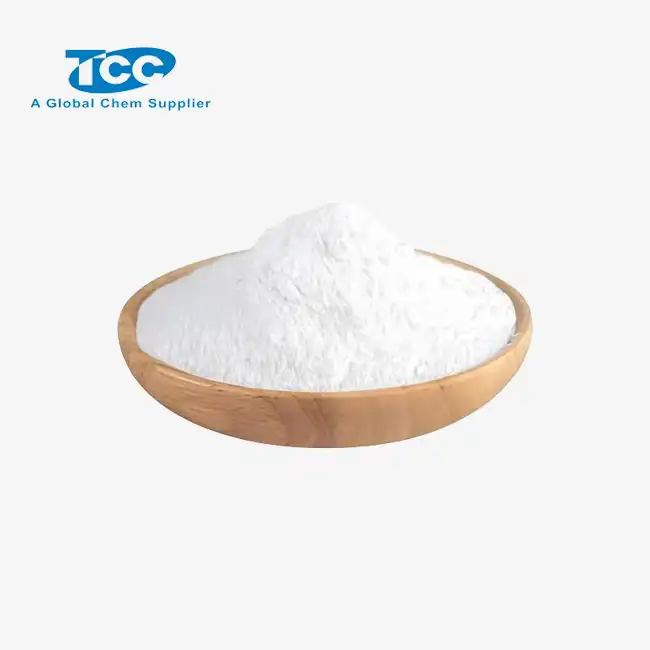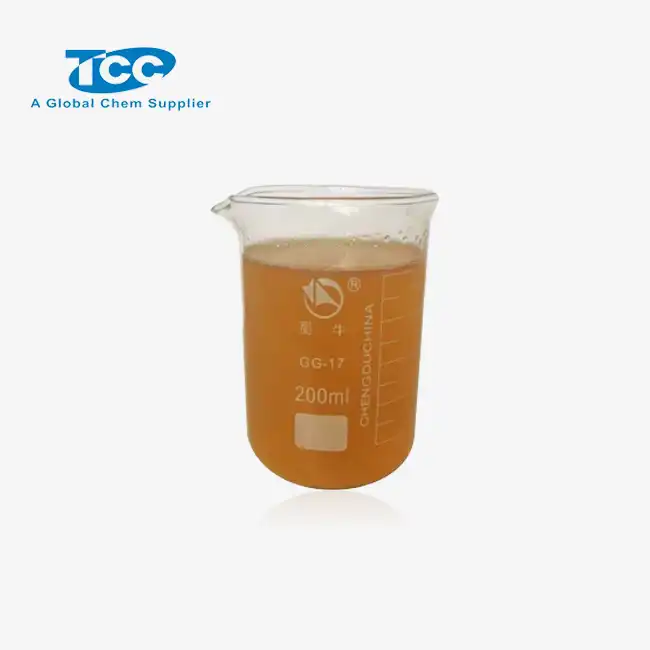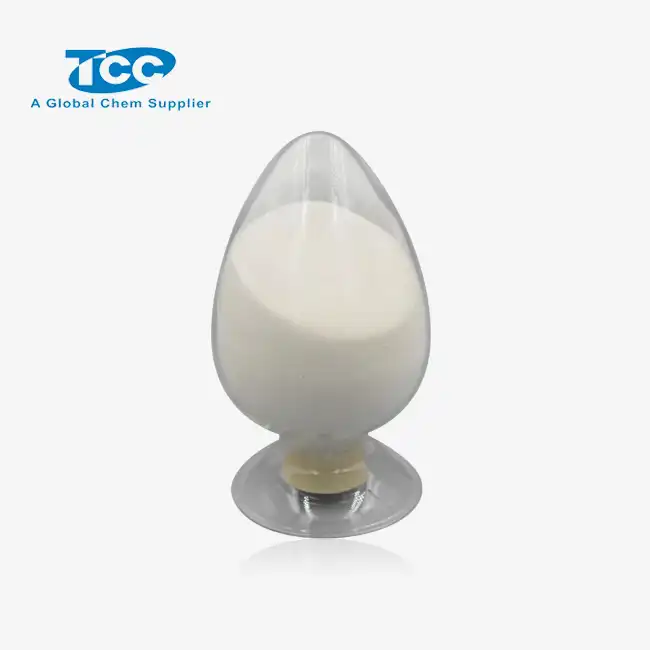- English
- French
- German
- Portuguese
- Spanish
- Russian
- Japanese
- Korean
- Arabic
- Greek
- German
- Turkish
- Italian
- Danish
- Romanian
- Indonesian
- Czech
- Afrikaans
- Swedish
- Polish
- Basque
- Catalan
- Esperanto
- Hindi
- Lao
- Albanian
- Amharic
- Armenian
- Azerbaijani
- Belarusian
- Bengali
- Bosnian
- Bulgarian
- Cebuano
- Chichewa
- Corsican
- Croatian
- Dutch
- Estonian
- Filipino
- Finnish
- Frisian
- Galician
- Georgian
- Gujarati
- Haitian
- Hausa
- Hawaiian
- Hebrew
- Hmong
- Hungarian
- Icelandic
- Igbo
- Javanese
- Kannada
- Kazakh
- Khmer
- Kurdish
- Kyrgyz
- Latin
- Latvian
- Lithuanian
- Luxembou..
- Macedonian
- Malagasy
- Malay
- Malayalam
- Maltese
- Maori
- Marathi
- Mongolian
- Burmese
- Nepali
- Norwegian
- Pashto
- Persian
- Punjabi
- Serbian
- Sesotho
- Sinhala
- Slovak
- Slovenian
- Somali
- Samoan
- Scots Gaelic
- Shona
- Sindhi
- Sundanese
- Swahili
- Tajik
- Tamil
- Telugu
- Thai
- Ukrainian
- Urdu
- Uzbek
- Vietnamese
- Welsh
- Xhosa
- Yiddish
- Yoruba
- Zulu
What Are the Main Applications of Anionic Polyacrylamide Powder in Industry?
Anionic polyacrylamide powder is a versatile water-soluble polymer widely used across numerous industries. This synthetic polymer, characterized by its negative charge and high molecular weight, offers excellent flocculation, thickening, and binding properties. Its ability to interact with positively charged particles creates bridges between suspended solids, facilitating their separation from liquids. This fundamental capability makes anionic polyacrylamide powder essential in water treatment, mining operations, paper manufacturing, and other sectors where efficient solid-liquid separation is critical.
How Does Anionic Polyacrylamide Powder Enhance Water Treatment Processes?
Water treatment represents one of the most significant applications for anionic polyacrylamide powder, where its unique properties address several critical challenges in purification processes.
What Role Does Anionic Polyacrylamide Powder Play in Municipal Wastewater Treatment?
In municipal wastewater treatment facilities, anionic polyacrylamide powder serves as an essential flocculating agent that improves solid-liquid separation efficiency. When introduced to wastewater containing suspended solids, it interacts with positively charged particles, forming large, stable flocs that settle much more rapidly. This accelerated sedimentation reduces retention time in clarifiers and increases overall treatment capacity. Additionally, anionic polyacrylamide powder enhances the performance of mechanical dewatering equipment like belt presses and filter presses, resulting in drier sludge cakes that are easier to transport and dispose of. Treatment plants typically apply the polymer at dosages of 1-10 ppm, achieving remarkable improvements in effluent quality with minimal chemical input. Its effectiveness in capturing fine particles makes it invaluable for facilities striving to meet stringent discharge regulations.

How Is Anionic Polyacrylamide Powder Applied in Industrial Effluent Clarification?
Industrial manufacturing processes generate wastewater streams with challenging characteristics that require specialized treatment. Anionic polyacrylamide powder effectively treats industrial effluents from sectors including textiles, food processing, and chemical manufacturing. The polymer's molecular structure can be tailored with varying charge densities (typically 15-40%) to optimize performance for specific contaminant profiles. In textile operations, medium charge density anionic polyacrylamide powder effectively agglomerates dye particles and suspended fibers, allowing for water recycling. In metal processing facilities, higher charge density versions excel at removing finely dispersed metal hydroxides. The polymer's ability to function across a wide pH range (4-9) provides operational flexibility, while its rapid dissolution enables quick response to fluctuating conditions. Industrial users value how anionic polyacrylamide powder can reduce chemical oxygen demand and total suspended solids by 80-95%, helping facilities comply with discharge permits while minimizing treatment costs.

What Makes Anionic Polyacrylamide Powder Effective in Drinking Water Purification?
Drinking water treatment facilities rely on anionic polyacrylamide powder to enhance the removal of turbidity, color, and microorganisms from raw water sources. As a coagulant aid, the polymer works synergistically with inorganic coagulants like aluminum sulfate, reducing their required dosage by 30-50% while improving floc strength and settling characteristics. Anionic polyacrylamide powder's effectiveness in capturing colloidal particles enables water utilities to consistently achieve turbidity levels below 0.3 NTU, meeting regulatory standards. The polymer also enhances filtration efficiency by preventing breakthrough of fine particles and extending filter run times by 20-40%. Water treatment plants employ anionic polyacrylamide powder with specific molecular weights (typically 8-15 million Daltons) optimized for their particular raw water chemistry. High purity grades used in drinking water applications comply with strict standards for residual monomer content, addressing potential health concerns.

What Benefits Does Anionic Polyacrylamide Powder Bring to the Mining and Oil Extraction Industries?
The mining and petroleum sectors face unique challenges in resource extraction and waste management where anionic polyacrylamide powder provides invaluable assistance.
How Does Anionic Polyacrylamide Powder Improve Mineral Processing and Recovery?
In mineral processing operations, anionic polyacrylamide powder serves multiple critical functions that enhance recovery rates and efficiency. Flotation circuits benefit from its selective flocculation properties, which can be formulated with specific charge densities to target valuable mineral particles while leaving gangue materials dispersed. This selectivity improves concentrate grades by 5-15% in many applications. In thickening operations, high molecular weight anionic polyacrylamide powder creates strong, fast-settling flocs that increase underflow densities, allowing for significant water recovery and recycling. The polymer's effectiveness in clarifying process water enables closed-circuit operations that minimize freshwater consumption—a critical consideration in water-scarce mining regions. Gold recovery circuits utilize anionic polyacrylamide powder to enhance carbon-in-pulp processes by improving solid-liquid separation while minimizing fine carbon losses. Mining operations typically report 15-25% increases in overall recovery efficiency when implementing optimized anionic polyacrylamide powder programs.
What Role Does Anionic Polyacrylamide Powder Play in Tailings Management?
Mining tailings management presents one of the industry's most significant environmental challenges, an area where anionic polyacrylamide powder has revolutionized practices. When applied to tailings slurries, the polymer rapidly consolidates fine particles into cohesive flocs, accelerating dewatering rates and enabling the creation of stackable tailings deposits with higher solid content (typically 65-75% versus 45-55% in untreated systems). This enhanced dewatering capability has facilitated the transition toward filtered tailings technologies that significantly reduce the footprint of tailings storage facilities. The polymer's ability to bind fine particles also decreases dust emissions from dry tailings surfaces. Ultra-high molecular weight anionic polyacrylamide powder variants excel in capturing ultrafine particles that would otherwise remain suspended indefinitely, improving water clarity for recycling. Modern tailings management systems typically dose the polymer at rates of 30-100 grams per ton of solids, with the investment yielding substantial returns through water recovery and enhanced environmental performance.
How Is Anionic Polyacrylamide Powder Utilized in Enhanced Oil Recovery?
The petroleum industry has embraced anionic polyacrylamide powder as a key component in enhanced oil recovery techniques, particularly in polymer flooding operations designed to extract additional hydrocarbons from mature reservoirs. When injected into oil-bearing formations, high molecular weight anionic polyacrylamide powder solutions increase the viscosity of flooding water, improving its mobility ratio relative to the reservoir oil and resulting in more uniform displacement patterns. This enhanced sweep efficiency can increase oil recovery by 5-15% of original oil in place. The polymer's resistance to mechanical degradation under high shear conditions allows it to maintain effectiveness even when injected through restrictive wellbore completions. Temperature-resistant grades extend the application range to reservoirs with temperatures up to 120°C (248°F). Field implementations have demonstrated that anionic polyacrylamide powder can significantly reduce water cut in producing wells while extending the productive life of aging fields by several years.
How Is Anionic Polyacrylamide Powder Used in Agricultural and Construction Applications?
Beyond industrial processing, anionic polyacrylamide powder plays vital roles in agricultural productivity and construction site management through its soil conditioning and erosion control properties.
What Makes Anionic Polyacrylamide Powder an Effective Soil Conditioner?
In agricultural applications, anionic polyacrylamide powder improves soil structure and water use efficiency. When applied to agricultural soils, particularly those with high clay content, it binds soil particles into stable aggregates that resist compaction while maintaining optimal pore space distribution for root development. This improved soil structure can increase infiltration rates by 60-300%, dramatically reducing runoff and making rainfall and irrigation more effective. The polymer's ability to absorb and retain water creates a reservoir of plant-available moisture that extends the interval between irrigation events and improves crop resilience during drought conditions. Field studies have demonstrated yield increases of 5-25% in various crops treated with anionic polyacrylamide powder, with notable results in arid regions. The polymer also reduces nutrient leaching by binding ammonium and phosphate ions, keeping them in the root zone. Modern application methods include incorporating anionic polyacrylamide powder into irrigation water at concentrations of 5-10 ppm or direct soil application at rates of 2-5 kg per hectare, with treatment effects typically lasting one growing season before biodegradation occurs.
How Does Anionic Polyacrylamide Powder Control Erosion in Construction and Landscaping?
Erosion control represents one of the most visible applications of anionic polyacrylamide powder in construction and landscaping. When applied to exposed soils on construction sites and disturbed areas, the polymer forms cross-linked networks between soil particles that dramatically increase their resistance to detachment by rainfall impact and flowing water. This stabilizing effect can reduce soil loss by 70-95% compared to untreated areas, protecting both the site and downstream water resources from sedimentation impacts. Anionic polyacrylamide powder is typically applied through hydro-seeding equipment mixed with mulch and seed, creating an integrated erosion control matrix that promotes rapid vegetation establishment while preventing soil movement. The polymer's effectiveness in clarifying runoff water makes it valuable on construction sites subject to strict turbidity limits at discharge points. Specialized formulations tailored to specific soil types optimize performance across varied site conditions. Application rates typically range from 10-25 kg per hectare for broadcast treatments, with higher concentrations used in areas of concentrated flow. The temporary nature of anionic polyacrylamide powder—degrading over 6-12 months through environmental processes—makes it an ideal transition strategy until permanent vegetation can assume the erosion control function.
What Role Does Anionic Polyacrylamide Powder Play in Paper Manufacturing?
The paper industry relies on anionic polyacrylamide powder to improve production efficiency and product quality. During the papermaking process, it serves as a retention aid, binding cellulose fibers, fillers, and sizing agents to the forming sheet and preventing their loss in the white water system. This retention effect typically improves first-pass retention by 15-25%, reducing raw material costs and decreasing the load on water treatment systems. The polymer also enhances drainage rates on the forming wire, allowing for faster machine speeds or reduced energy consumption in the dryer section. Paper strength properties benefit significantly from anionic polyacrylamide powder addition, with dry tensile strength typically increasing by 10-30% as the polymer forms bridges between adjacent fibers. In recycled paper production, higher molecular weight variants effectively manage the increased levels of fines and contaminants characteristic of secondary fiber. The dosage of anionic polyacrylamide powder in papermaking typically ranges from 0.5-2.0 kg per ton of paper, with the specific grade selected based on furnish composition and desired paper properties.
Conclusion
Anionic polyacrylamide powder is an essential tool across multiple industries, delivering exceptional performance in water treatment, mining, agriculture, and construction applications. Its versatility in flocculation, soil conditioning, and rheology modification drives innovation and efficiency improvements across sectors. As environmental regulations tighten and resource optimization becomes increasingly critical, this versatile polymer will continue to play a vital role in sustainable industrial practices worldwide.
Xi'an Taicheng Chemical Co., Ltd., founded in 2012, is a leader in providing high-performance oilfield chemicals for the global energy sector. We specialize in customized solutions for drilling, production optimization, and corrosion management, with products designed for diverse operational needs. Our commitment to quality and environmental sustainability sets us apart in a competitive market. For more details, contact us at sales@tcc-ofc.com.
References
1. Wang, L., & Zhang, J. (2023). Advances in Anionic Polyacrylamide Applications for Industrial Wastewater Treatment. Journal of Water Process Engineering, 52, 102-118.
2. Sandoval, R., Cooper, W., & Sharma, H. (2021). Comparative Analysis of Polyacrylamide Flocculants in Mining Tailings Management. International Journal of Mineral Processing, 167, 33-47.
3. Thompson, A., & Rodriguez, M. (2022). Performance Evaluation of High Molecular Weight Anionic Polyacrylamides in Enhanced Oil Recovery. Journal of Petroleum Science and Engineering, 209, 109-124.
4. Chen, Y., Liu, J., & Wilson, D. (2023). Soil Structure Improvement Using Anionic Polyacrylamide: A Multi-Year Field Study. Soil and Tillage Research, 218, 105-121.
5. Ramirez, E., & Fernandez, K. (2021). Optimization of Anionic Polyacrylamide Dosage in Paper Manufacturing Processes. Nordic Pulp & Paper Research Journal, 36(2), 289-303.
6. Zhao, Q., Harris, P., & Martinez, J. (2022). Environmental Fate and Ecological Impact Assessment of Anionic Polyacrylamides in Agricultural Applications. Environmental Pollution, 290, 118-134.
Learn about our latest products and discounts through SMS or email



